Why do you need to buy a dye-sub printer when you can convert a regular printer? Heat transfer printing requires specialized inks, heat, and pressure to transfer design onto the materials.
The Epson Eco Tank printer is a regular printer known for its refillable ink tanks and is perfect for dye-sub printing. In this guide, we will discuss the needful steps of conversion.
Why Digital Printing Can Not Be Done On Regular Printers?
Regular printers are not suitable for dye-sub printing because of the following reasons.
1. Ink compatibility
Dye – sub printing requires a specific type of ink, which is different from regular ink, and every printer can’t support it.
2. Print head differences
The dye-sub printer has a Micro Piezo print head, which is designed to handle the heat during the printing process. Whereas regular printer lacks this specific print head feature.
3. Materials
Sublimation printing works well on high polyester materials (usually at least 60%). But regular printers are designed to be used on paper only.
4. Quality
In digital printing, brighter, high-quality, and long-lasting prints are required. But regular printers cannot produce it.
Why You Should Convert the Epson Eco Tank Printer?
Converting an Epson EcoTank printer can be beneficial for several reasons:
- Cost-Effective: The Epson Eco Tank printer model contains refillable ink tanks, which can be more effective than traditional ink cartridges.
- High-Quality Prints: It offers high-quality, brighter prints.
- Converting process: The process of converting is easy and can be done in significantly less time.
How To Covert Epson Printer?
Here are the steps to convert Epson Printers.
1. Fill the tanks with sublimation ink
Consider buying a sublimation ink separately and follow the manufacturer’s instructions to fill each color tank.
2. Download printer drivers and connect to your PC
Now, plug in the power cord and turn on the printer. Afterthat, visit the Epson official website to download the latest printer drivers version for your printer model. Next, connect the printer to the computer using a USB cable to install the printer drivers.
3. Load printing paper
Use paper (designed for heat transfer) to load into the printer’s paper tray, and now you can begin your crafting.
Which Epson Printers Can You Convert?
Here are some of the Epson Eco Tank printers that can be easily converted.
1. Epson EcoTank ET-2800
If you are planning for a home office or a small business, then converting an Epson Eco Tank ET-2800 printer thee the perfect idea.
Converting into a heat transfer printer saves operating costs and offers multiple functions.
2. Epson EcoTank ET-2850
The printer uses Epson’s unique Micro Piezo Heat-Free technology to design sharp text and impressive color photos. Converting it will improve the print quality.
3. Epson EcoTank ET-2760
ET-2760 supports automatic duplex printing and prints directly from SD cards. It can be operated from the Epson Smart Panel App. Converting it will increase the quality and durability of the printing while keeping the features the same.
4. Epson EcoTank ET-3760
This is one of the best printers to convert as it can handle bulk printing.
Printer Setting Adjustment After Conversion
To use an Epson Eco Tank printer after conversion, you need to adjust some settings:
1. Print quality and resolution
One of the critical settings is to adjust the resolution and quality. Sharp and detailed prints need to be of higher DPI (dots per inch), such as 1200*1200 or 1440*720. However, it requires more ink to achieve high-resolution prints.
Additionally, set the paper size to 8.5*11 inches, A4, to match the appropriate paper type. It also supports ICC profiles to achieve accurate color.
2. Mirror images
As dye-sub printing permeates the mirror design during heart pressing, it enables the “Mirror Image” option in your printer settings.
3. Ink density and saturation
Adjust ink density to prevent oversaturation or bleeding. So, consider using a fan or heat gun to speed up the drying process.
4. Profile calibrate
Calibrate the printer using a color calibration tool or software and regularly check and adjust color profiles to maintain accuracy. Make sure to convert the compatibility with both Windows and MacOS to the same.
Conclusion
Converting an Epson EcoTank printer to a sublimation print is a cost-effective process that allows high-quality and brighter prints. The above instructions will help you to get started quickly.

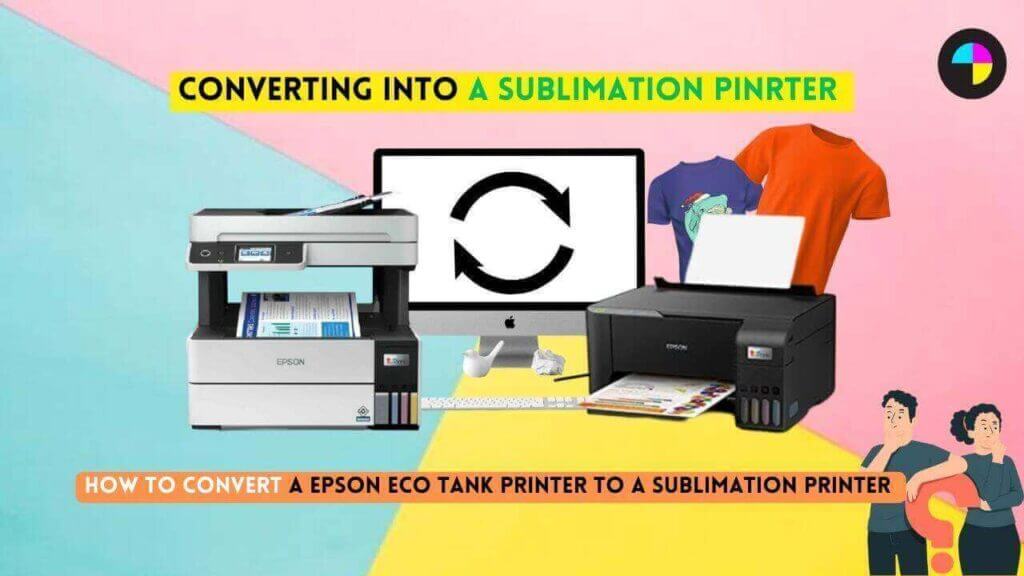
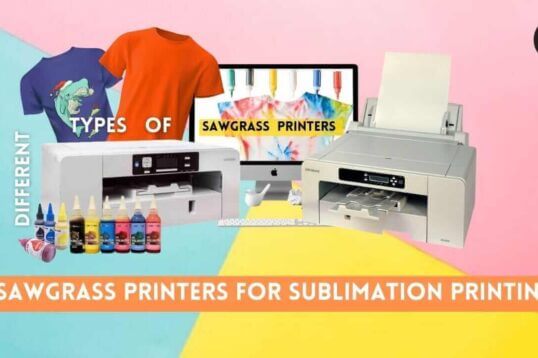
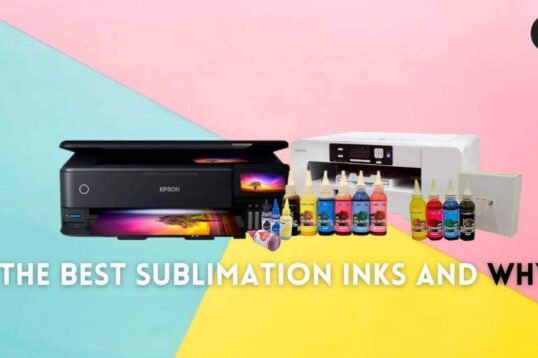
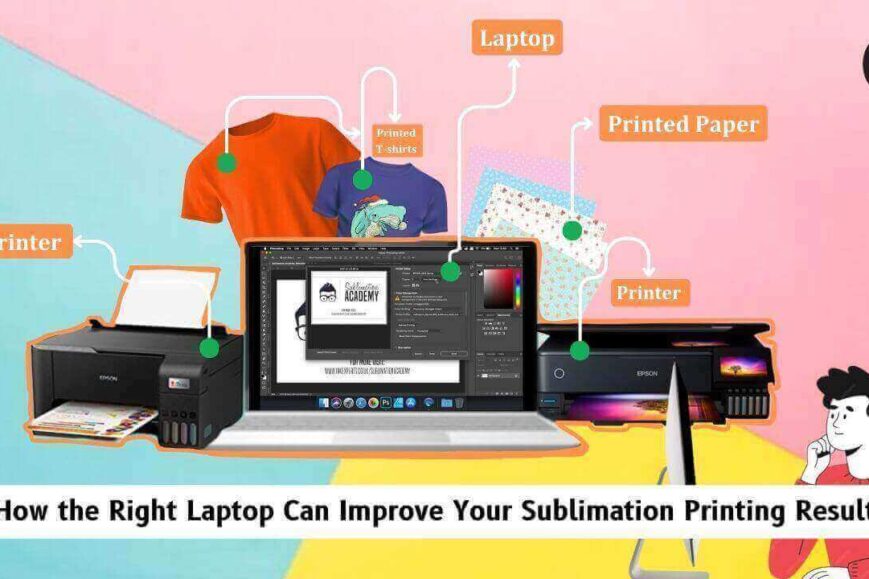


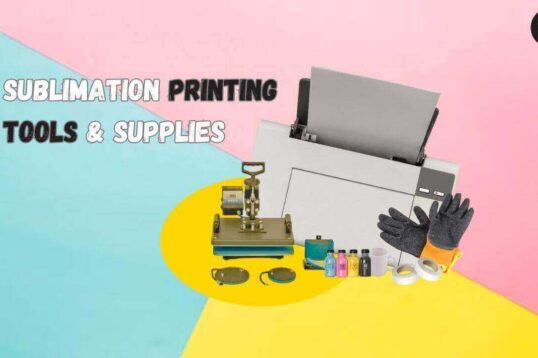
Leave a Reply